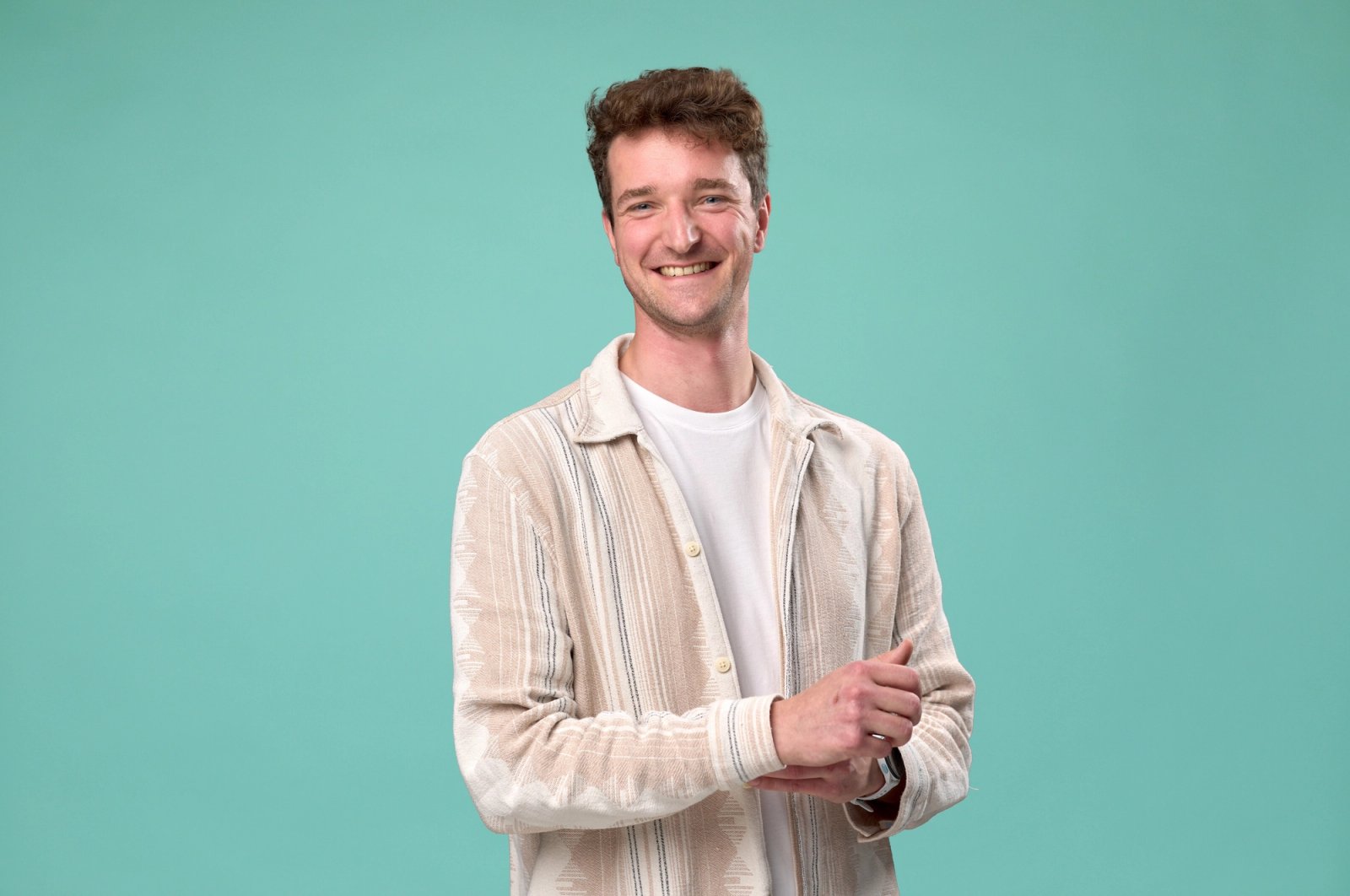Welcome to Talking Tuesday!
What drives our people? In this series, we let colleagues share what they do, the impact they make, and what gives them energy.
This month, meet Thomas, Front-end Developer at the Rijksvastgoedbedrijf (the Central Government Real Estate Agency).
What project are you currently working on?
At the Rijksvastgoedbedrijf, I work on maintaining and developing two internal portals for knowledge sharing and information management.
What do you find most interesting about it?
The close connection between front-end and back-end. It means I can not only tweak the interface but also dive into and improve the logic behind it. That mix keeps the work diverse and engaging.
What do you bring to a team?
I like to gather all the loose ends and put them in order, so we can find the best solution together. My background in UX design and back-end development helps me think beyond just the front-end. I also make sure our work stays structured and transparent, so everyone knows what’s happening.
What tip would you give someone who’s just starting out?
Don’t get stuck on one problem for too long. Save it, move on, and come back with a fresh perspective. It’s great to dive deep, but the trick is not to lose yourself in it.
What’s your favorite tool or design hack you can’t live without?
Bash. It really pays off to understand how the engine behind Linux works. Once I wrote my first automation scripts, I was hooked. Bringing entire systems to life with a single command never gets old.
Can you tell us something about your growth as a specialist in recent years?
I’ve worked on several projects for the Dutch government and gained a lot of experience along the way. I started as a front-end developer but soon became fascinated by back-end challenges. That combination helps me think more broadly, though I still make sure to keep up with the latest in front-end.
What’s been your biggest challenge in a project, and how did you overcome it?
Once, I had to work with a local development environment that was full of errors — basically unworkable. It pushed me far outside my comfort zone, but I kept going until it worked. It was tough but taught me not to give up too quickly when something seems impossible.
What do you enjoy most about this field?
Clean code go brrrr.
What’s something few people know about you that’s still relevant to your work?
I run AI models locally on my laptop. When AI image generation started to take off, I was instantly intrigued, and now I experiment a lot with running large language models myself. Especially now that organizations like the government aim to be less dependent on American cloud services, that knowledge comes in handy.
How do you see the future of your role?
AI will play an increasingly big role. I believe we’ll move toward a kind of symbiosis, where AI takes over the more complex technical tasks, but humans still evaluate and refine the results. That collaboration will only make our work more interesting.
What kind of project or organization would you love to work with in the future?
I’d love to contribute to a project for an educational institution or university. Academic use cases tend to be diverse and intellectually stimulating, which makes the technical side even more fun.
What are you most proud of since joining Humanoids?
I’m proud to have contributed to large systems that thousands of people use every day. Seeing something I built actually work and make a difference — that’s what I find most rewarding.
That was this month’s Talking Tuesday with Thomas. Next month, we’ll introduce another one of our specialists. Want to read more stories like this? Check out our LinkedIn for updates, insights and tips from our experts.

